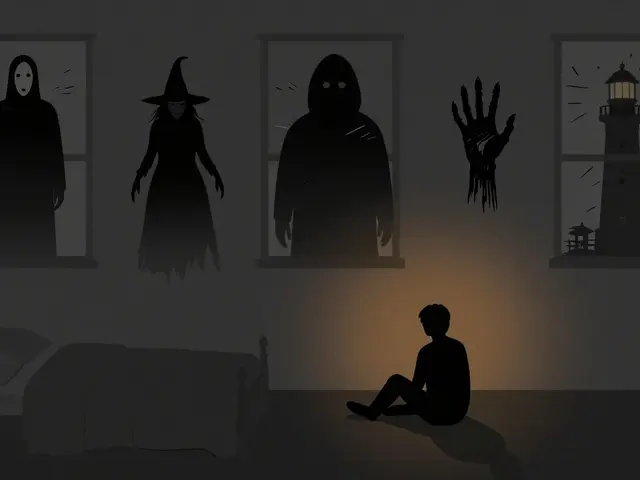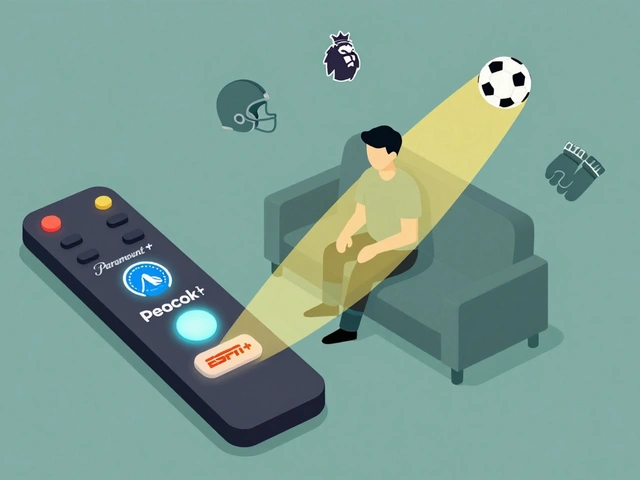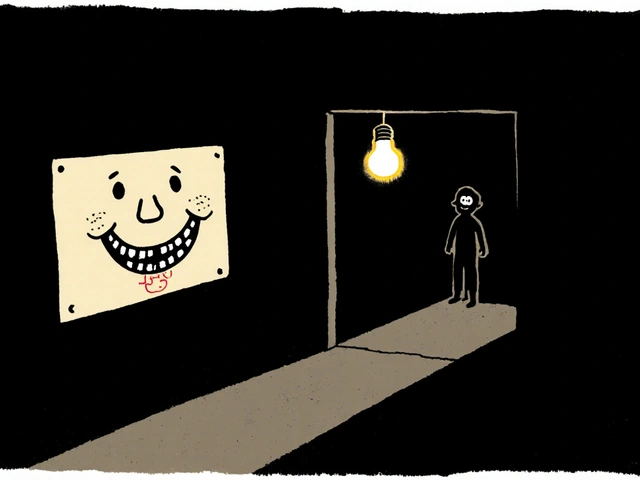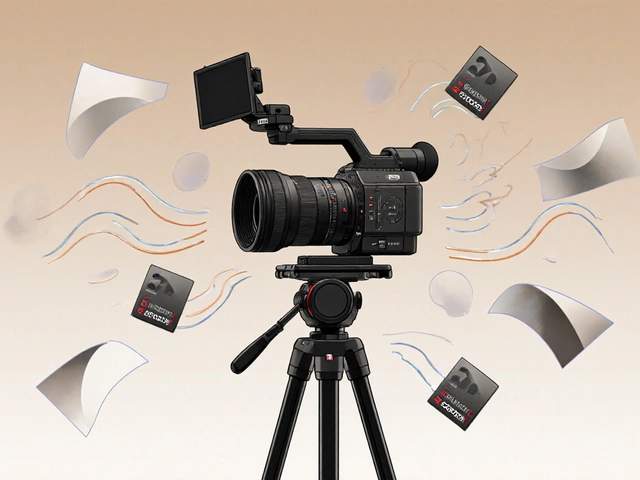Drug Interaction Chart – How to Use It for Safer Medication Mixing
If you ever wonder why your doctor warned you about mixing certain pills, a drug interaction chart is the answer. It’s a table that shows which medicines can clash, what side effects to watch for, and how serious the clash might be. Think of it as a cheat‑sheet that saves you from nasty surprises.
What a Drug Interaction Chart Shows
Most charts list drugs in rows and columns. When a row and a column meet, the cell tells you the level of risk – usually green (low), yellow (moderate), or red (high). Green means the combo is generally okay, yellow suggests you should monitor for symptoms, and red tells you to avoid the mix altogether.
Besides the color code, you’ll often see short notes like “increased bleeding risk” or “may raise blood pressure.” Those notes are the ones you need to read carefully because they hint at the exact problem you might face.
Many charts also include a section for over‑the‑counter (OTC) drugs, herbal supplements, and even food. For example, the chart may warn that the prescription antibiotic ciprofloxacin can interact badly with the antacid omeprazole. That warning helps you space out the doses or pick a different antibiotic.
Our tag page even has articles that touch on drug safety, like the piece on brand‑name vs. generic drugs and a guide on pharmacogenetics. Those reads explain why some people react differently to the same medication, which is a key reason why charts are useful – they give a baseline, and your doctor can adjust based on your genetics.
Tips to Check Interactions Quickly
1. Keep a current list of every medication you take – prescription, OTC, and supplements. When you add a new drug, pull up the chart and locate it right away.
2. Use the color code as a first filter. If you see red, call your pharmacist or doctor before you start the medicine.
3. Pay attention to the notes. A yellow warning might say “monitor liver enzymes.” That means you’ll need a blood test later, not that you can’t take the drug.
4. Remember timing matters. Some interactions only happen when drugs are taken together, not when spaced out by a few hours. The chart often tells you the safe interval.
5. Re‑check the chart whenever you get a new prescription or start a new supplement. Interactions can change if your health status changes – for example, if you develop kidney issues, a previously safe combo might become risky.
When you’re unsure, the safest move is to ask a pharmacist. They can read the chart with you and explain what to watch for. It’s quick, free, and can prevent a hospital visit.
In short, a drug interaction chart is a simple tool that puts complex safety info into an easy‑to‑read table. By keeping your medication list handy, watching the color codes, and following the notes, you can avoid most nasty side effects. Use the chart every time you start a new drug, and you’ll stay in control of your health.
7
How to Understand and Use a Drug Interaction Chart Safely
Learn how to read and use a drug interaction chart for safe medication management. This guide shows you how to spot risky drug combinations and make safer choices.
Latest Posts
Popular Posts
-
 Four Weddings and a Funeral Review: Why It’s Still the Gold Standard of ’90s Rom-Coms
Four Weddings and a Funeral Review: Why It’s Still the Gold Standard of ’90s Rom-Coms
-
 Best Horror Movies on Streaming Services Right Now
Best Horror Movies on Streaming Services Right Now
-
 Breakout Indies at the Box Office: How Word-of-Mouth Made These Films Blockbusters
Breakout Indies at the Box Office: How Word-of-Mouth Made These Films Blockbusters
-
 Paramount+ with Showtime vs. Peacock Premium vs. ESPN+: Which Sports Add-On Fits Your Viewing Habits?
Paramount+ with Showtime vs. Peacock Premium vs. ESPN+: Which Sports Add-On Fits Your Viewing Habits?
-
 Special Effects vs. Visual Effects: What’s the Difference in Movie Magic
Special Effects vs. Visual Effects: What’s the Difference in Movie Magic



